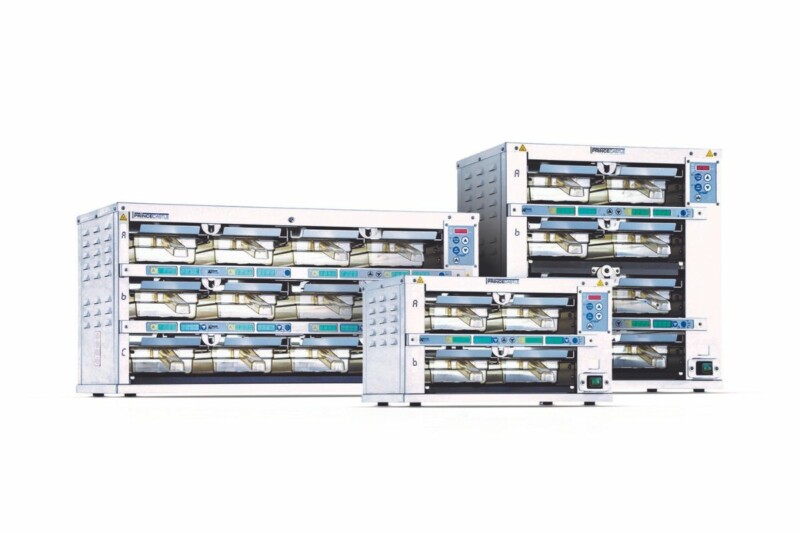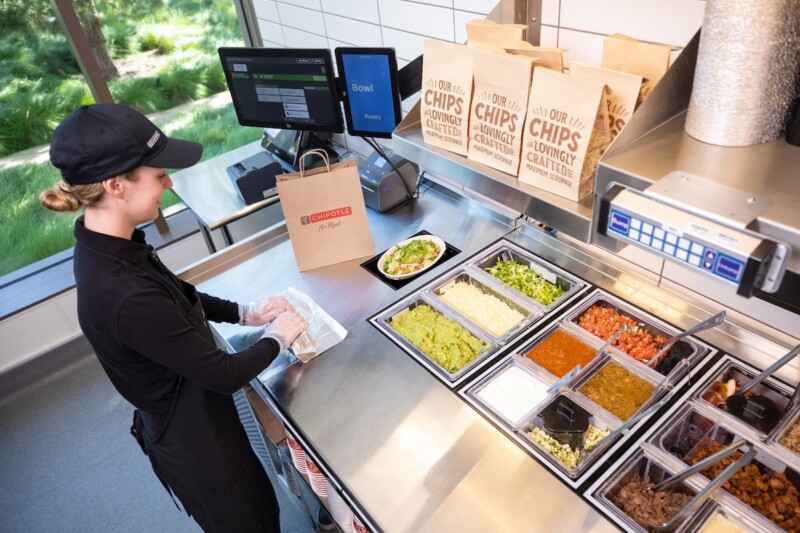Maintenance Tips: The Care And Feeding Of Prep Tables
During food prep, the safety and freshness of your ingredients depends on a prep table that’s in working order. Prep tables come in myriad styles, with work counters or cutting boards, door- or drawer-style storage below, assorted configurations with barriers between the bins up top and the cold storage below and different refrigeration systems. Despite the options and setups, cleaning and maintenance tips are fairly uniform.
Daily Cleaning
Depending on the unit, you may need to start by covering and storing the ingredient pans. Next wipe down the unit with water and a mild detergent solution every day. To clean the cutting boards or work counters, wipe them and sanitize them according to local health code requirements. If you can remove the board and wash it in a three-compartment sink or dish-machine, that’s a thorough approach. Read the operator’s manual to determine the best strategy.
Wipe out the emptied bin wells and thoroughly clean the door and/or drawer gaskets. Cleaning the holding area is critical; health inspectors will check them.
Periodic Upkeep
Clean your condenser coil every three to six months. The condenser coil, usually accessible on one side or another in the back, easily gets coated with dust, debris, plastic wrap and other blockages that prevent it from transferring heat out to keep cold in. Some units have filters that protect the condenser that can be removed, cleaned and reinstalled. These filters extend the time between coil cleanings, but they don’t eliminate the need to clean the condenser itself altogether. Properly cleaning a condenser coil typically involves the following steps:
• Assemble your cleaning tools: soft bristle brush, tarp, shop vac, compressed air unit. You might want a face mask too. Remove open food from the area.
• Turn off and unplug the unit. Turn off the circuit breaker if necessary.
• Use a soft bristle brush to clean debris on the coil fins, being careful not to bend or damage the fins.
• Next, grab a shop vac hose and go over the entire condenser coil surface. Again, don’t dent or crush those fins; go easy.
• Whether you rent or buy, you’ll need a compressed air generator on hand to blow out the loosened particles and debris deep inside the condenser. You might want to wear a mask as dust and dirt will fly out of the side vents.
• Don’t use coil cleaning chemicals unless permitted by the manufacturer.
Cleaning the condenser is not complicated, but if you can’t keep up with the task, hire a certified technician to come in and take care of it. They’ll use safe practices along with approved chemicals.
Notes On Gaskets
Be sure to regularly clean the door or drawer gaskets. These do wear out over time, and as they are the keepers of the seal that keeps hot air out and cold air in, they will have to be replaced. If gaskets are filthy, coming off, bulging, gapping or cracked, replace them. Use the model number on the prep table to order the right gaskets. And take care during the cleaning and replacement process; operators report losing gaskets after cleaning, putting the wrong gasket on a door or drawer so they don’t really fit or seal right, and forgetting to replace them at all. In any of these situations, the temperatures will rise.
Copyright FER October 2017
RELATED CONTENT
- Advertisement -
- Advertisement -
- Advertisement -
TRENDING NOW
- Advertisement -
- Advertisement -
- Advertisement -


